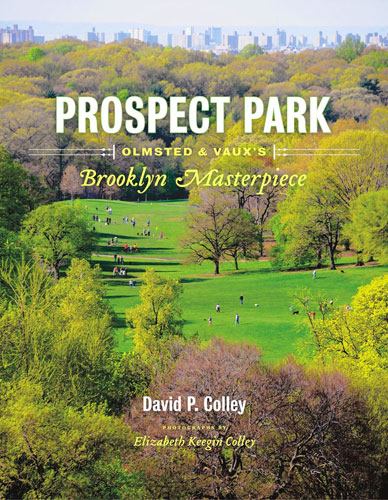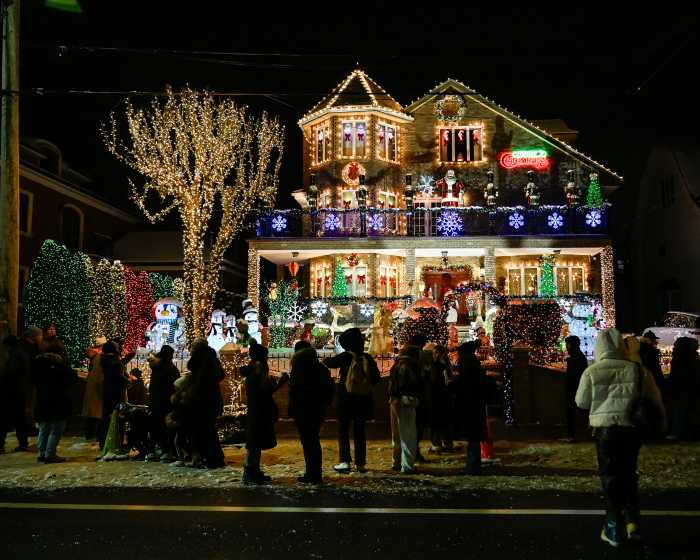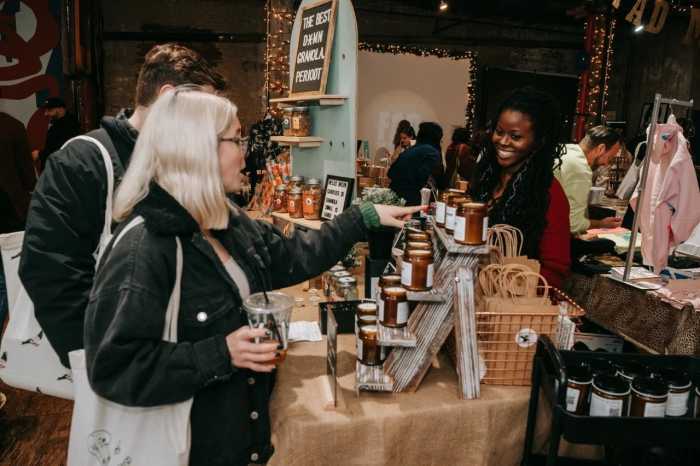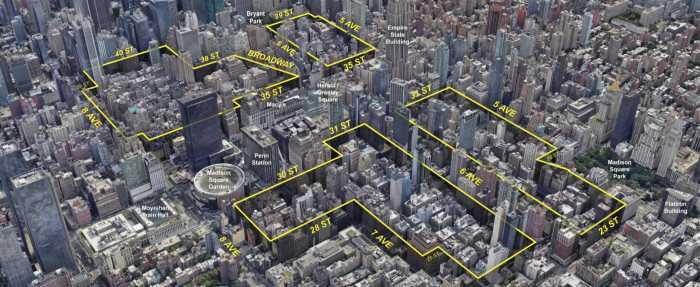Did you know that, during the late 1800s, picnics were illegal in Central Park but allowed in Prospect Park?
The factoid is one of many laid out by David P. Colley and Elizabeth Keegin Colley in their new book chronicling the history of Brooklyn’s public playground. The book, “Prospect Park: Olmsted and Vaux’s Brooklyn Masterpiece,” follows the 585-acre park from its origins in the mid-19th century to its decline in the 1970s, to its latest restoration, the new Lakeside Center facility, which will boast a pair of ice rinks when it opens this winter.
The book is as much a nod to the vision of designers Frederick Law Olmsted and Calvert Vaux, who had already transformed more than 800 acres of jagged rock into Central Park in Manhattan when they started to plan Brooklyn’s crown jewel, but they considered Prospect Park their masterpiece.
It is also a microcosm of the borough experience, park partisans say.
“Like Brooklyn, the whole of Prospect Park is even greater than the sum of these wonderful parts,” Cobble Hill–raised film director Spike Lee wrote in a review of the book.
“Prospect Park” affirms the intentions of the green space’s designers by outlining how it has transported ordinary people from the chaos and clamor of urban life to a realm of graceful meadows, placid lakes, and fresh air since its creation in the 1860s.
In his foreword, former New York City Parks Commissioner Adrian Benepe describes the park as a “rambunctious, bucolic, bulging diamond.” And the authors, whose backgrounds are in city planning, call it “as much illusion as it is reality.”
“Prospect Park’s” archival information and newly commissioned photographs trace the park’s role over centuries, marking it as the place where wars, the dawn of the industrial age, and the shift of the population from rural to urban places converged to make the collection of trees a key player in the growth, decline, and renewal of Brooklyn.
“Prospect Park: Olmsted and Vaux’s Masterpiece” available at WORD bookstore [126 Franklin St. at Milton Street in Greenpoint, (718) 383–0096, www.wordbrooklyn.com] and Greenlight Bookstore [686 Fulton St. between S. Elliott Place and S. Portland Avenue in Fort Greene, (718) 246–0200, www.greenlightbookstore.com]. $45, hardcover.

























